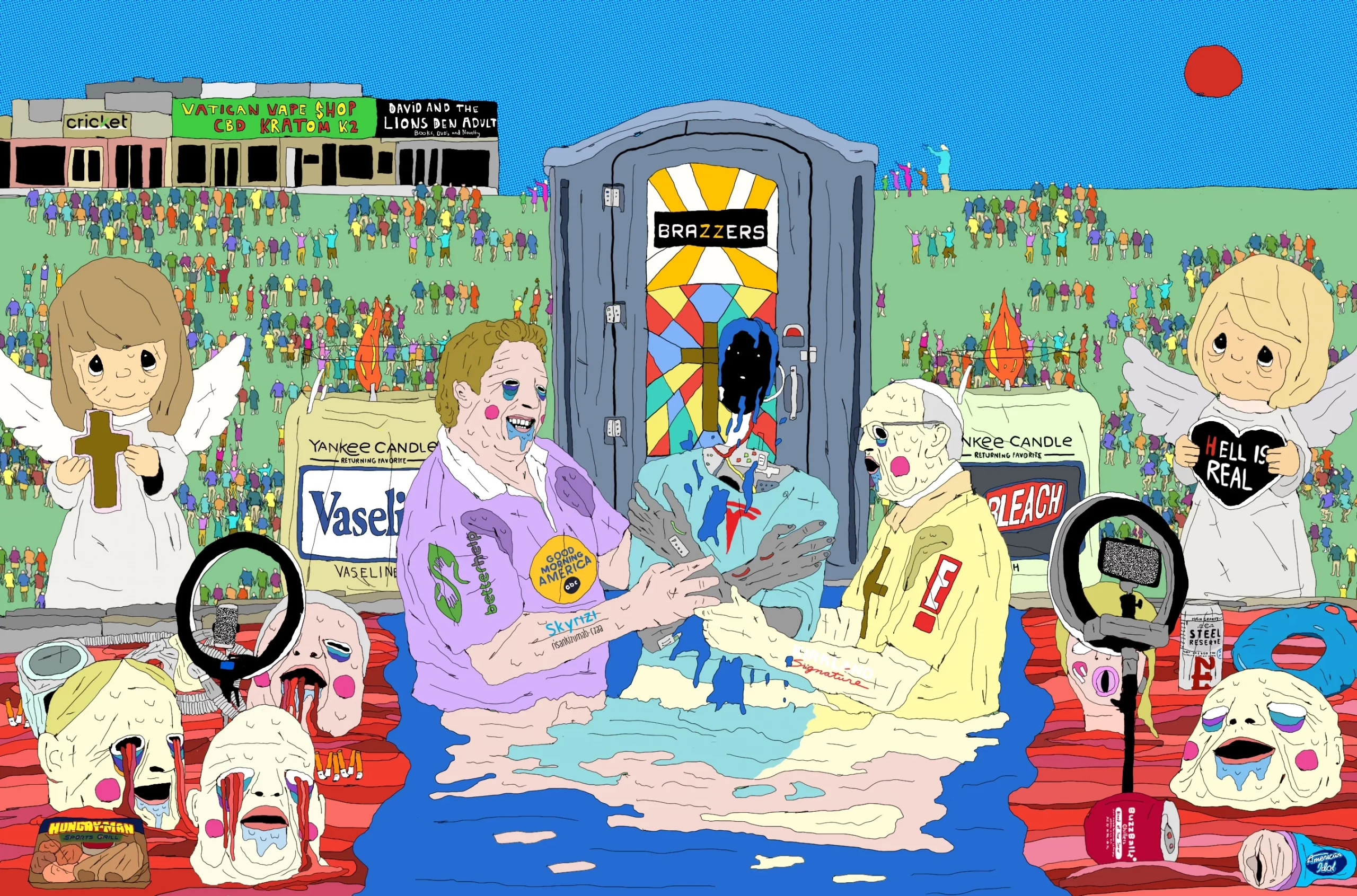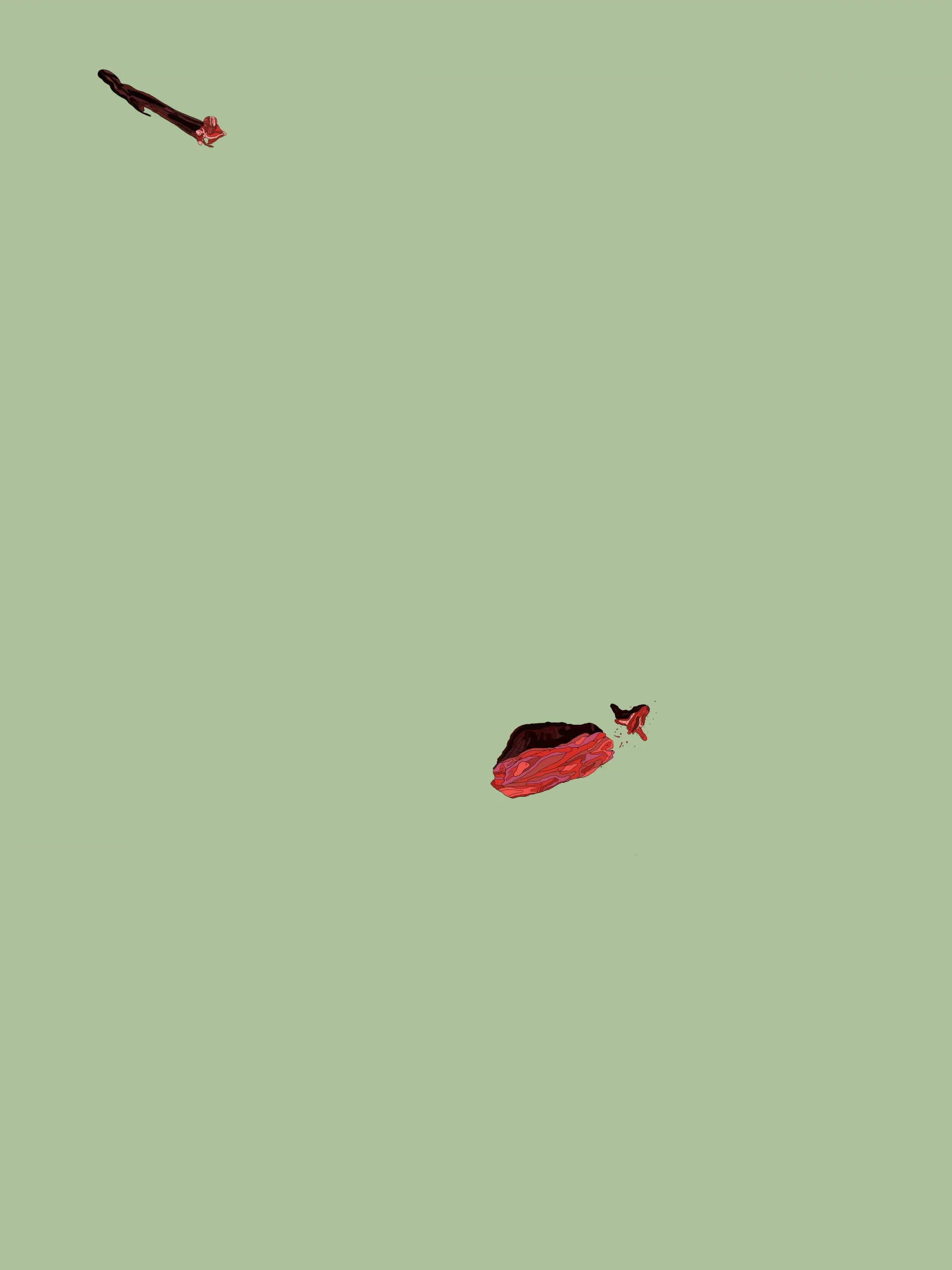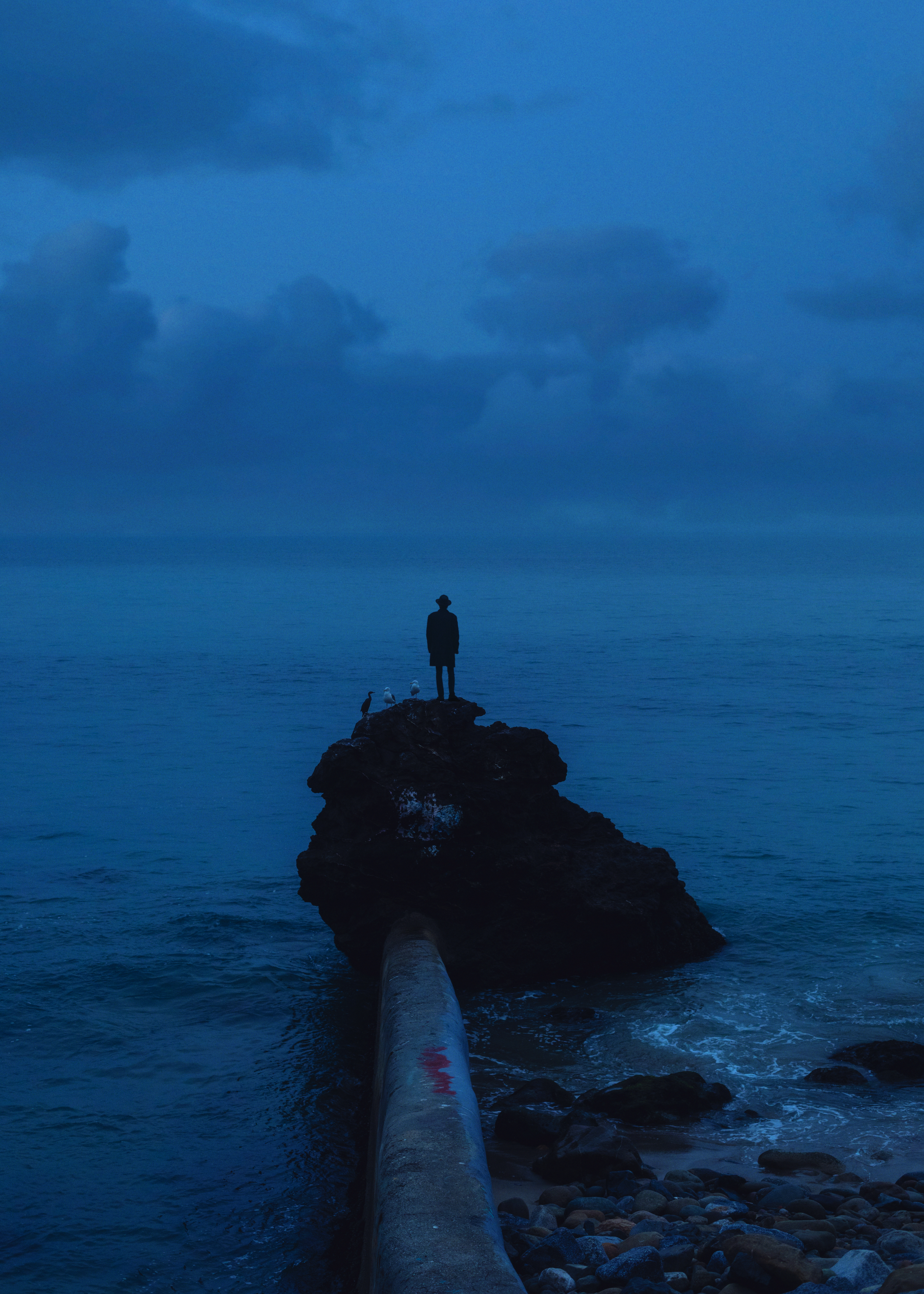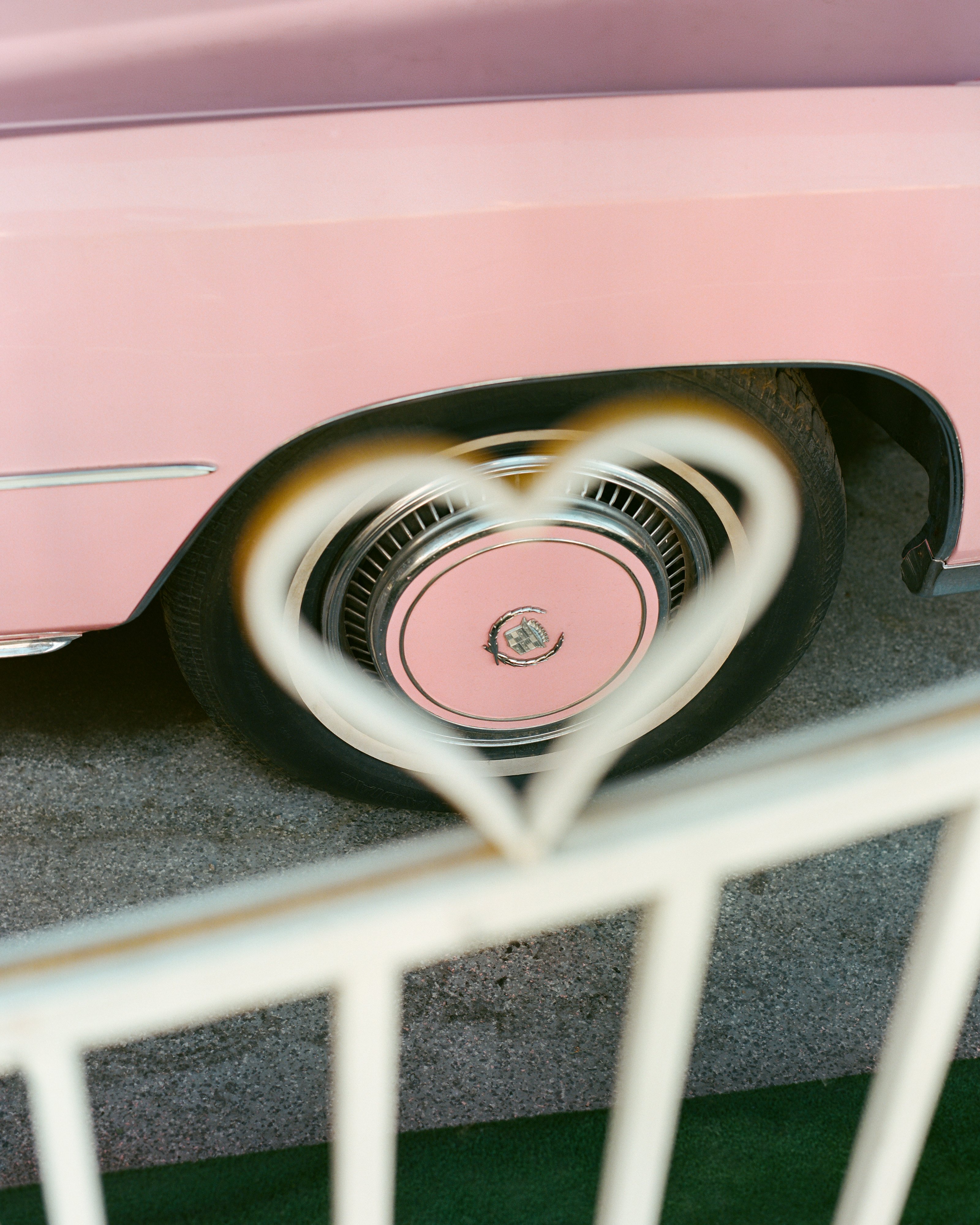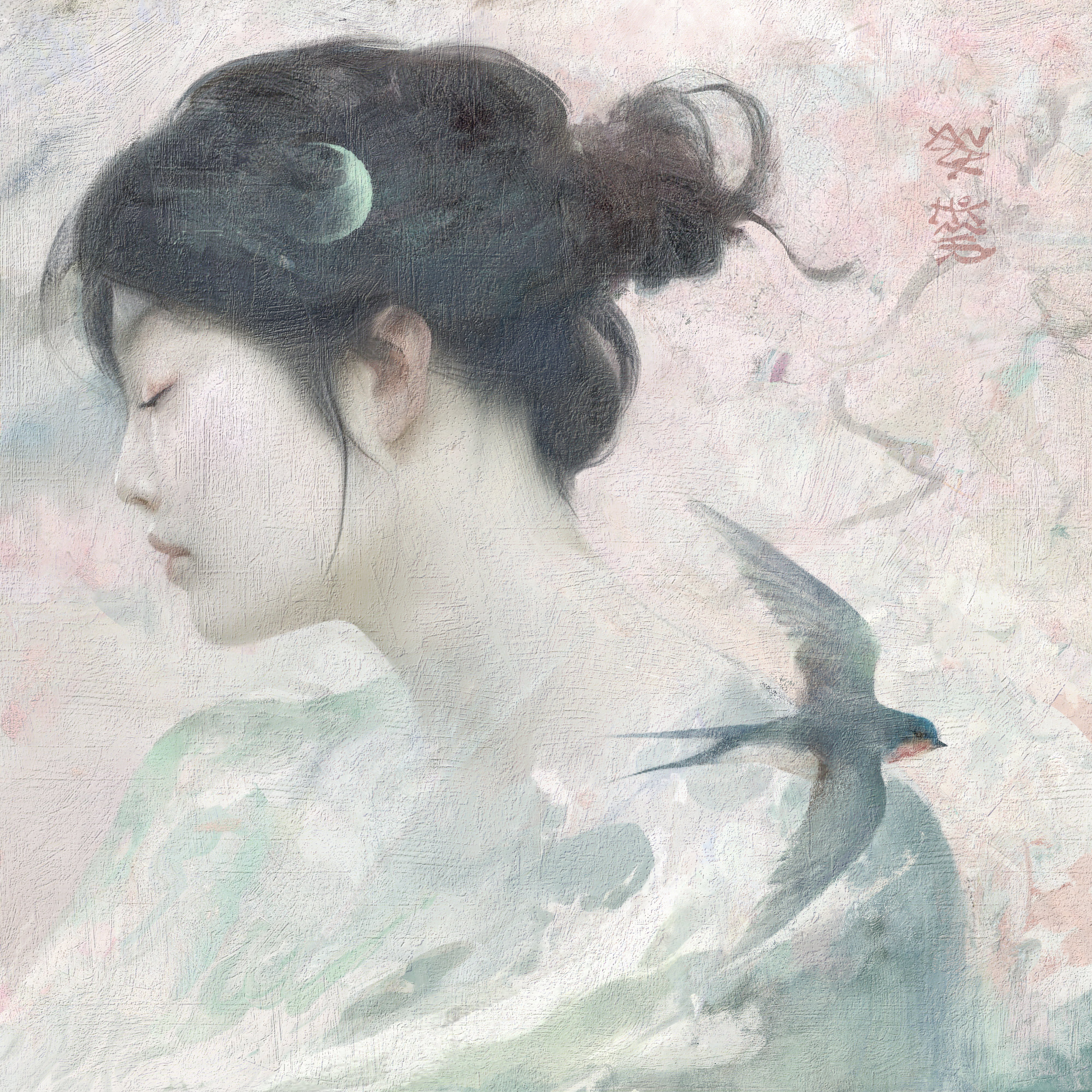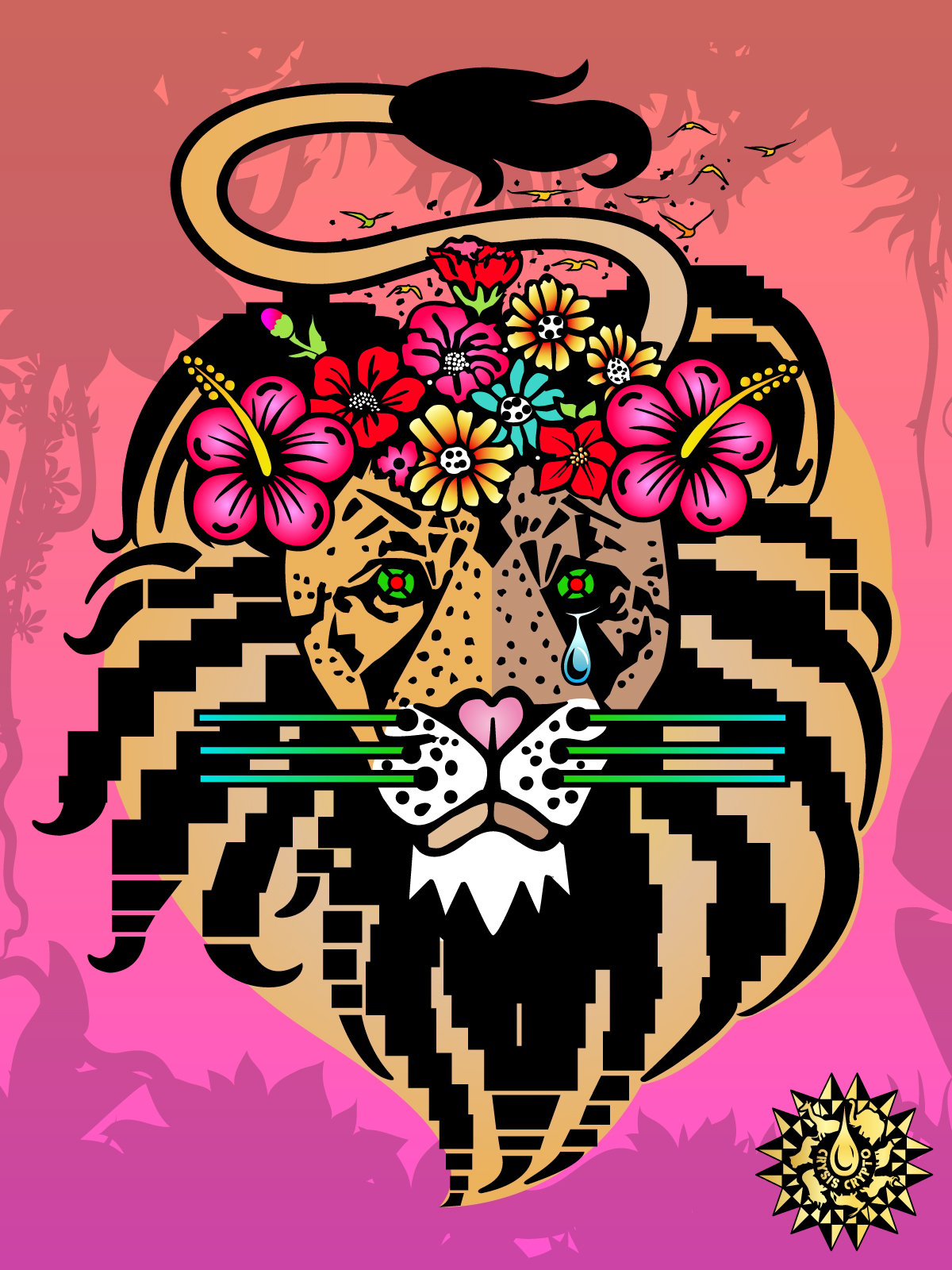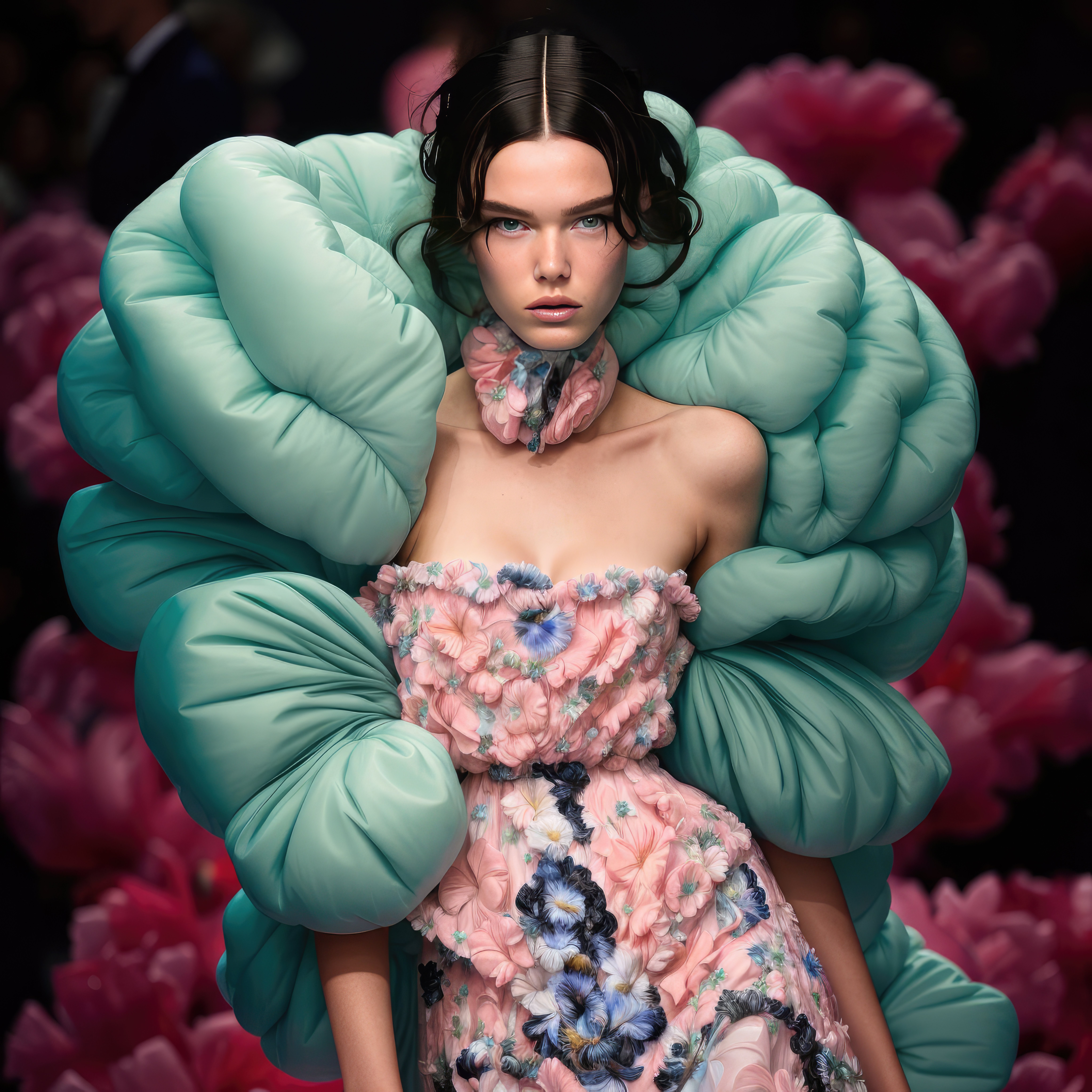SuperRare Labs digital editor Shutong Liu interviews Emily Xie about how her Art History and Engineering background informed her work, her past year as a full-time artist, and the generative art landscape.

Curated Conversations: Jeremy Booth
Above: “Rope the Moon” by Jeremy Booth, 2023. Dropping on SuperRare soon.
Jeremy Booth is known for his minimalist and cinematic approach to Western Pop art. His work is a fusion of classic Western themes and modern design elements, creating a unique style that has captivated collectors worldwide. He has been profiled in top art and design publications such as Juxtapoze, Creative Boom, Design Milk, and Dwell magazine. Booth’s ability to blend traditional Western iconography with a contemporary sensibility has made him one of the most exciting artists in the Web3 space.
Mika Bar-On Nesher: Tell me about this work you’re releasing on SR, what was the inspiration behind it?
Jeremy Booth: “Roping the Moon” for me represents doing the impossible and giving it all you have. This really resonates with me because most of my illustration career and Web3 journey have felt this way. I’ve been through many moments that felt impossible, but hard work and determination got me through those moments.
MBON: How did your innovative collaboration with Wrangler come about?
JB: @Seanweb3, a creative director at Wrangler, contacted me several months ago about doing a collab together soon after I began my journey into Western art. Both parties agreed the collab would be a great fit, and we started working on a custom jacket verified on the blockchain thanks to our partner LTDINC. Phase 1 of the collab included me wearing the jacket at NFT.NYC, and with the help of POAP Studio, folks were able to redeem a POAP from the jacket.
MBON: For many years, you worked as a graphic designer. When did you transition into becoming a full-time artist? Do you believe blockchain technology is ushering in a new class of artists?
I began my career as a graphic designer, and about 10 years ago I transitioned to a full-time commercial illustrator. I’ve been in this space for over two years, but transitioned to become a full-time artist this past August. I worked for Coinbase for 1.5 years prior to that and was laid off, so I had to pursue art full-time. I’m so glad it worked out the way that it did. I believe that this technology is ushering in a new class of artists. Because of this technology, digital artists are being put on the same pedestal as trad artists, which is powerful.
MBON: You’re one of the central figures in the emerging Western Art Movement. Who are some of the artists in the space that inspire you; both working now and those dating back to the late 1800s?
Some of the traditional western artists that inspire me are Ed Mell, Billy Schenck, Matt McCormick, and Mark Maggiori.
Artists in the space that inspire me are Grant Yun, Sad Boi, Victor Mosquerra, and Robert Hagan (trad Western artist coming into the space).
MBON: What started your passion for Western art? Can you tell us a little about your process when creating your works?
Coming from the background of a commercial illustrator, my style was always the same, but my subject matter differed depending on what the client needed. When I began minting 1/1’s again in August, I focused on a couple of different subjects, but nothing was set. I took some time to really think this through, and my love for the West came to mind. My wife and I love the desert and visit the Southwest annually. So [I thought] focusing on that and cowboys could be something fun to explore. The romantic side of the west and cowboys really drew me in, and I decided to focus on that.
MBON: What advice do you have for artists who are currently working as a “hired gun” for corporate companies, but want to pave their own way in the Web3 space?
Be kind, get involved in the community, post artwork every day, and be consistent. These are the keys to success in this space.
Tech






Why are so many NFT marketplaces killing artist royalties?
A large NFT platform recently rebranded artist royalties as “fees.” This is not just semantics – it’s a marketing technique aimed at twisting the narrative in a race to zero.
Curators' Choice






Curated Conversations: socmplxd
SuperRare Labs Digital Editor Shutong Liu, alongside collectors Broke0x and EternalPepe, ask socmplxd about his practice, inspirations, and his plans for the future.







